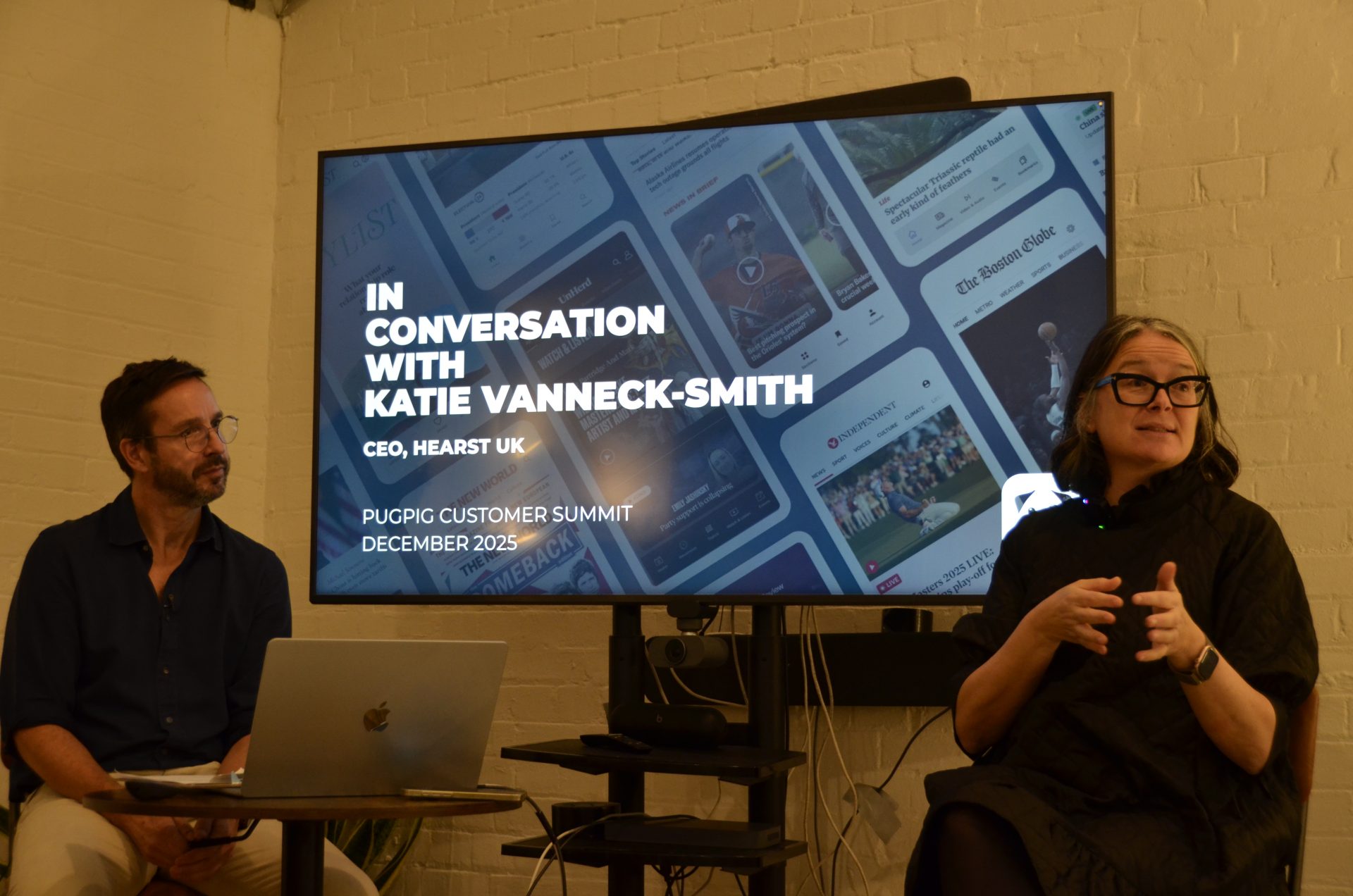
Newsletter
Newsletter
The more relevant the push message, the higher the engagement, and technology is increasing the ability of publishers to segment and target audiences.
2nd May 2025
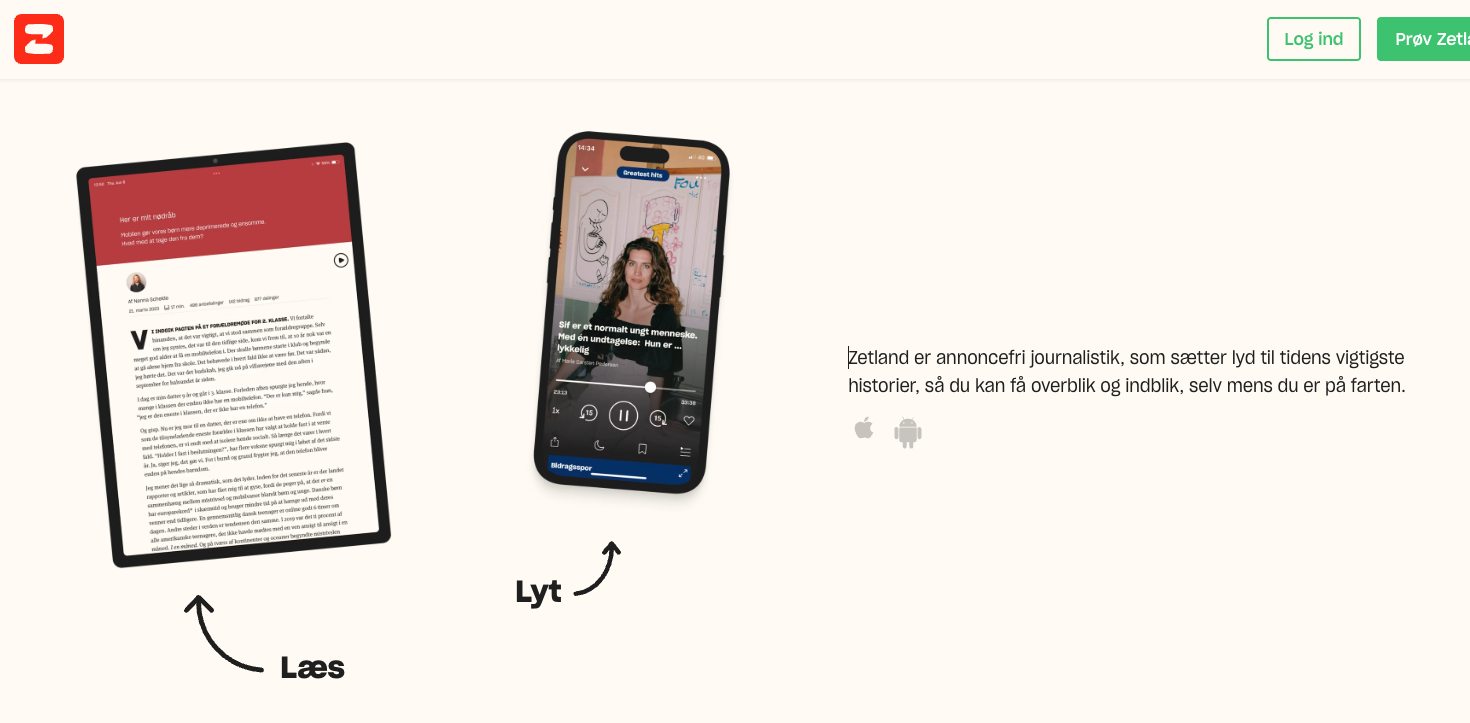
Reader revenue has become the bedrock for many media businesses in the digital age. However, publishers long ago converted the low-hanging members of their audience, their most loyal members, into subscribers or members. That means they now trying to convert much less engaged audience members. That’s why the year started with reports that reader revenue was stalling.
However, some publishers are finding ways to grow their subscriptions. This week, we’ll highlight two high-touch strategies that show how engagement can drive dramatic subscriber growth.
Moreover, Denník N and Zetland have found ways to address the challenges of declining trust as well as news fatigue and avoidance.
We’ll dig a little deeper into how they achieved this, but it shows how publishers are finding ways to reach new audiences and grow their pool of paying members and subscribers.
Growing revenue is one of the key interests of members of Mobile Matters, our community of professionals focused on apps and mobile publishing. Product leaders, subscription and revenue managers and editorial leaders are members, and experts from across Pugpig and the industry are also there. If you’d like to join, you can sign up here.
Kevin & James
By Kevin Anderson
We are deep into analysing data and survey responses for our annual State of Mobile Publishing Report. Last year, publishers had shifted their focus to retention, but this year, their focus is higher up the conversion funnel to engagement and conversion. They explained the shift in part to new challenges with audience acquisition, which they attribute to AI summaries in search.
As for many publishers, as Slovakia’s Denník N approached its 10th anniversary, subscriber growth had stalled. They were ready to “take some risks”, Tomas Bella, co-founder & Chief Digital Officer of Denník N, said on FatChilli’s Playbook podcast.
Attracting new subscribers would be challenging as the country was suffering news fatigue after the 2023 elections in which voters elected a populist government that looked to authoritarian regimes for their inspiration, rather than further its integration with the EU. The news organisation’s reporters found that people were “switching off the news entirely because it felt too depressing.”
While they wanted to do something bold, their campaign wasn’t a risky shot in the dark. They spent months researching their readers’ needs to develop 10 promises that formed the core of their new subscriber campaign. These included unlocking their archive of 100,000 paid articles, donating free subscriptions to young voters and delivering free print copies to retirement homes. Free subscriptions for young audiences were key because their readers feared that without access to quality journalism, young people would be susceptible to Russian propaganda.
Those fears led them to commit to producing more social video content to counter Russian campaigns on TikTok and to donate books on misinformation to libraries.
They had two campaigns, one that gamified referral links for existing subscribers, turning them into advocates for their publication. The other campaign engaged Slovak influencers on Instagram and Facebook. One of their subscribers was also an influencer, with a large following on YouTube and Instagram, and she attracted 372 new subscribers alone.
To help design their subscriber referral programme, Denník N reached out to Zetland in Denmark about their successful referral campaign, their ambassador scheme. Zetland had developed it during an existential crisis in 2019. They weren’t profitable, and time was running out. They needed to grow their paying membership base from 10,500 to 14,000 to break even.
In an act of radical transparency, they opened up to their existing membership about their do-or-die situation. Their CEO at the time posted a piece with the headline: Here are the key figures about Zetland’s business that are usually kept secret in a business like ours. They asked their members to become ambassadors and sign up their friends, offering new subscribers a month for free before they would have to pay the standard rate. They offered a sign-up form for subscribers who wanted to be ambassadors and onboarded them, asking them how they wanted to carry out their recruiting effort. They could use a special referral URL or posters and postcards to promote Zetland to their friends. Almost a tenth of their existing members (1,000) signed up as ambassadors. In less than a month, they surpassed their new member goals.
Since then, Zetland has become one of the true success stories amongst digital news start-ups in Europe. They now have 42,000 paying members, about 1% of the population of Denmark. In 2024, they grew revenue by 40% and expect to increase it by the same amount in 2025. They have confidence in their revenue projections because “being a subscription service, a lot of that revenue is already secured,” CEO Tav Klitgaard said at WAN-IFRA’s Asian Media Leaders Summit.
Their product and content strategies are key to their success. They only publish about “four units” of journalism, either text or audio, each day, and they have leaned into audio. “About 50% of our members are in their 20s and 30s, and more than 80% of them consume our product via audio,” he said.
Zetland might not be a high-volume publisher, but they are a high-engagement publisher. Their members spend an average of seven hours a month with their content.
They attribute the intimacy of audio to one of the ways they build deep relationships with their audience. They also host live events, which Tav describes as “a TED Talk meets a cabaret”, which help foster relationships and trust with their audience.
Trust in journalism and the media has declined in many countries. However, Zetland believes that people trust other people rather than institutions, and their audiences have told them they want to get to know their journalists. It is core to their “Nordic trust model”.
The solid revenue base has allowed Zetland to expand operations into Finland, and they have also launched an AI-powered transcription service for journalists, GoodTape.io, which boasts 15,000 customers.
With audience acquisition increasingly challenging, these examples show the power of referral programmes. They also highlight the value of high-engagement strategies, especially for smaller publishers. It provides a playbook showing how engagement, audience research and a referral programme can deliver dramatic growth in paying members.
Lookout Local title, Lookout Eugene-Springfield, is their second publication to launch their app on our platform. The app breaks ground for Lookout Eugene-Springfield, part of a growing Lookout Local network dedicated to reviving strong accountability-focused local journalism. Read more here.
Here are some of the most important headlines about the business of news and publishing as well as strategies and tactics in product management, analytics and audience engagement.

Newsletter
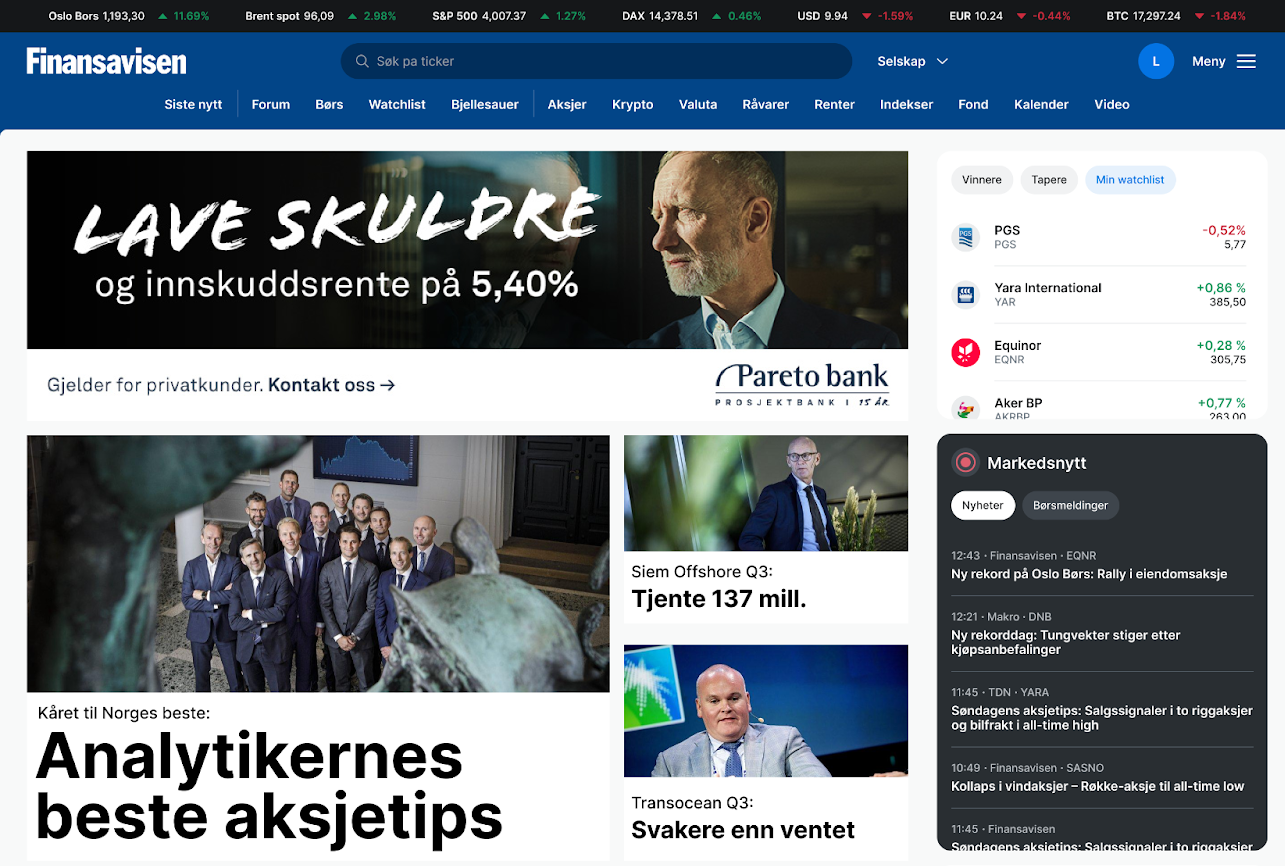
Newsletter
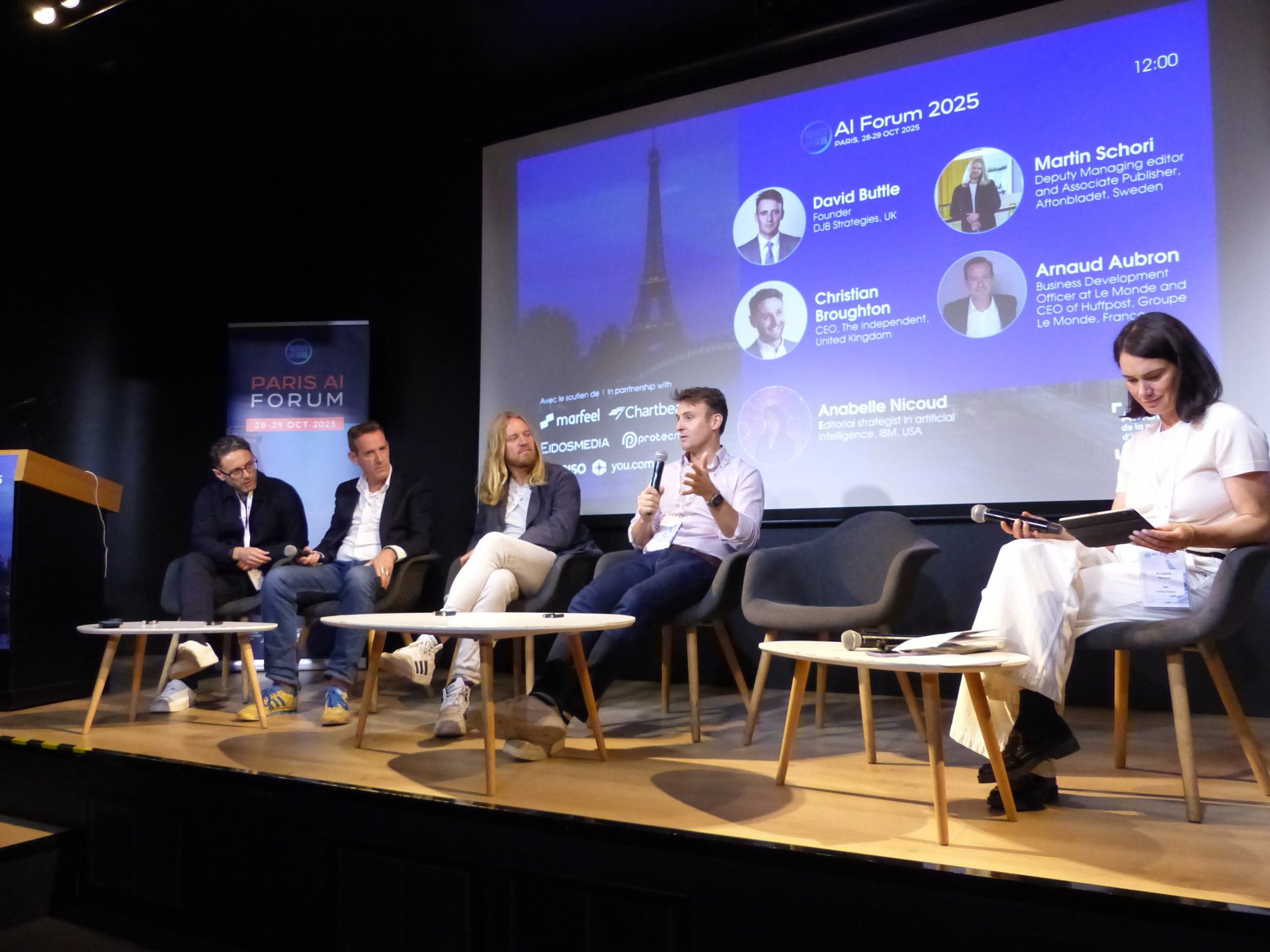
Newsletter

Newsletter
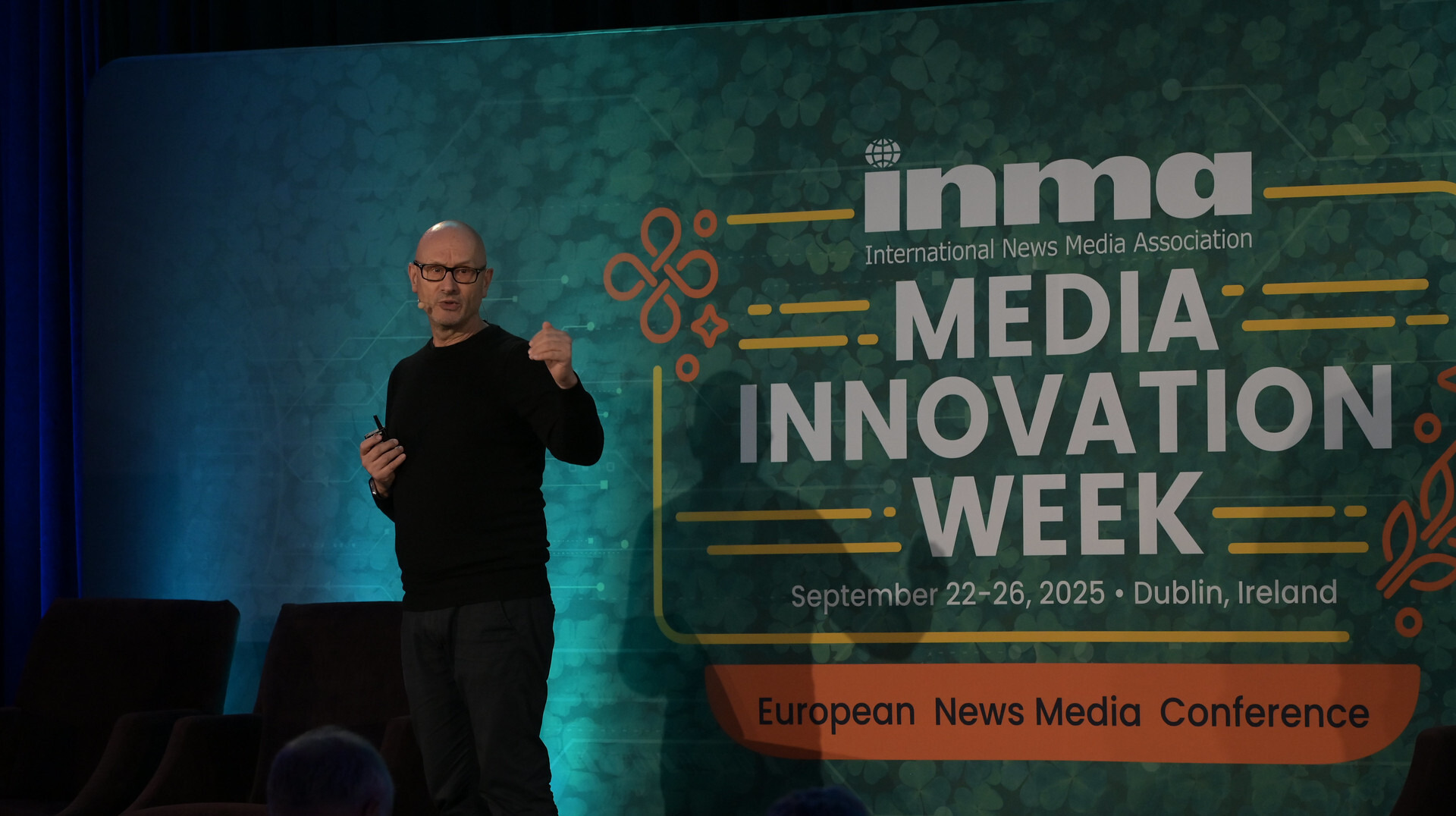
Newsletter